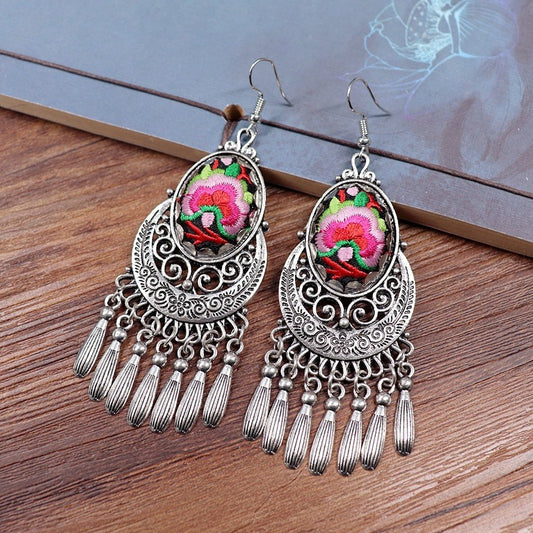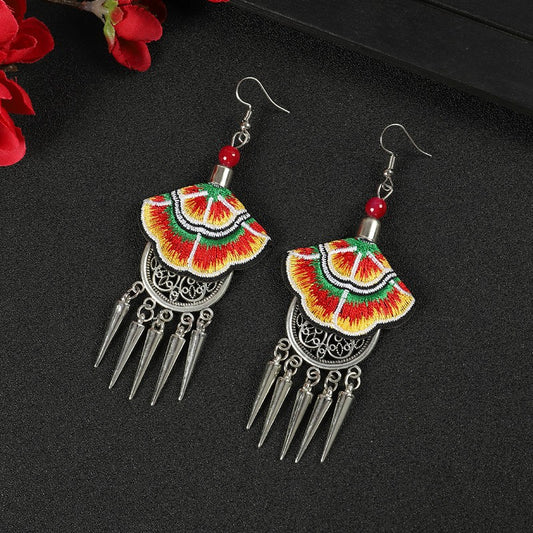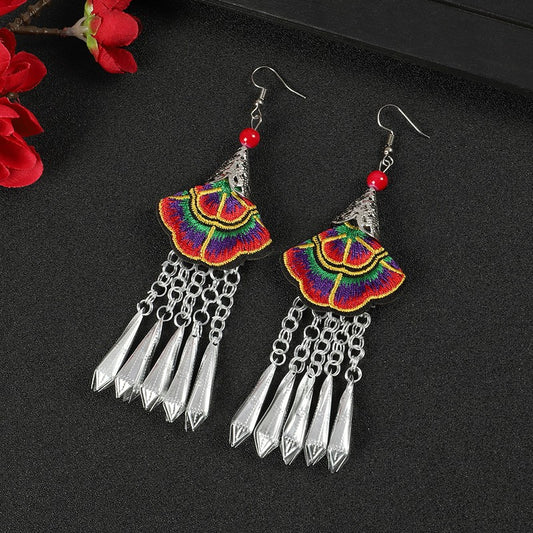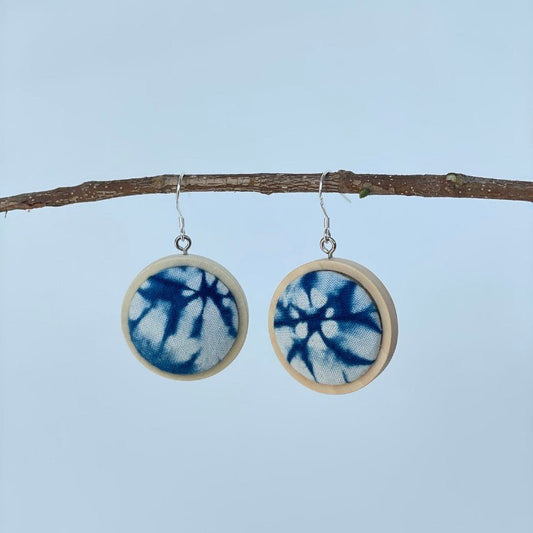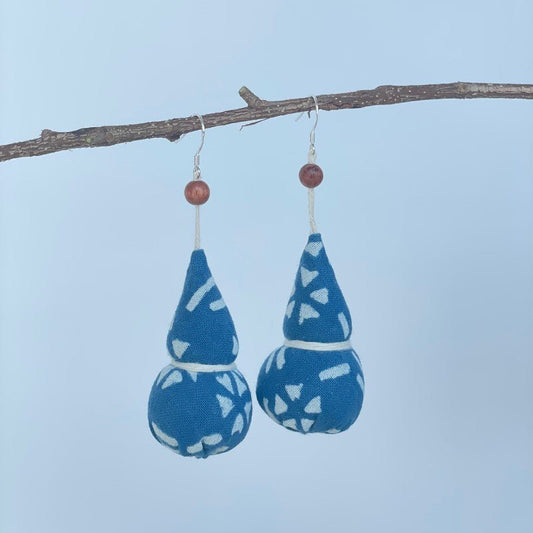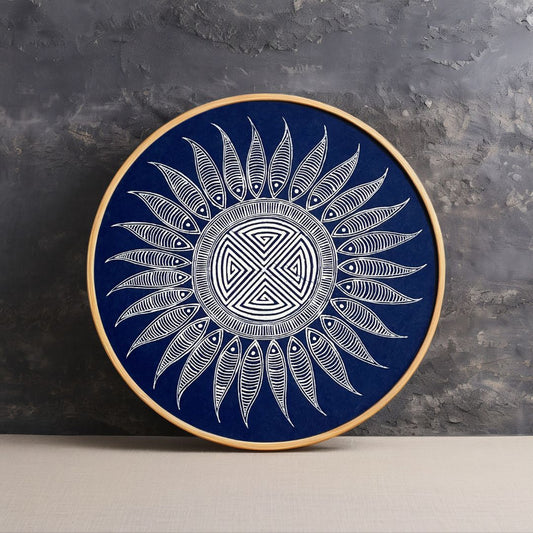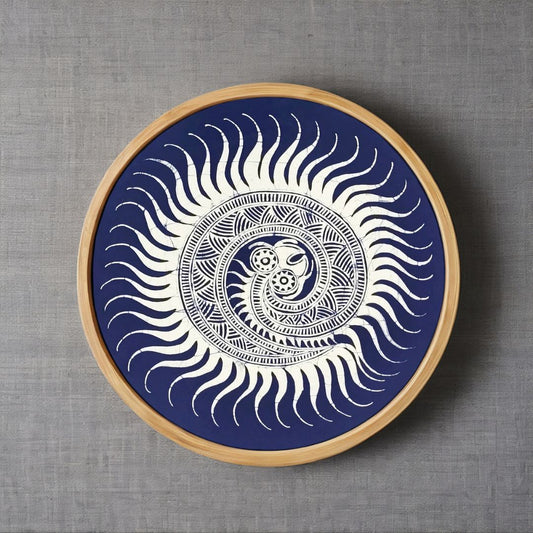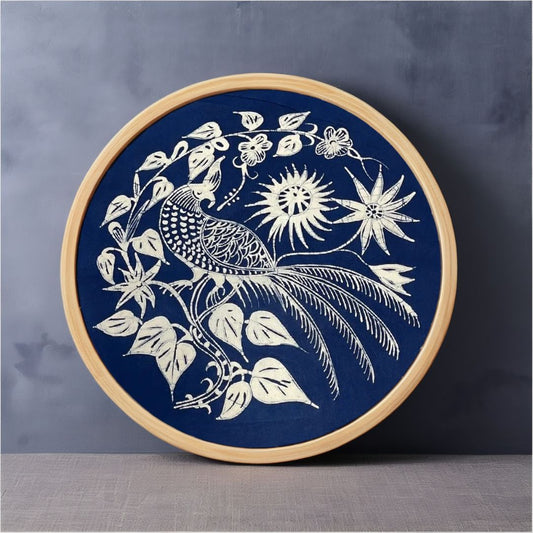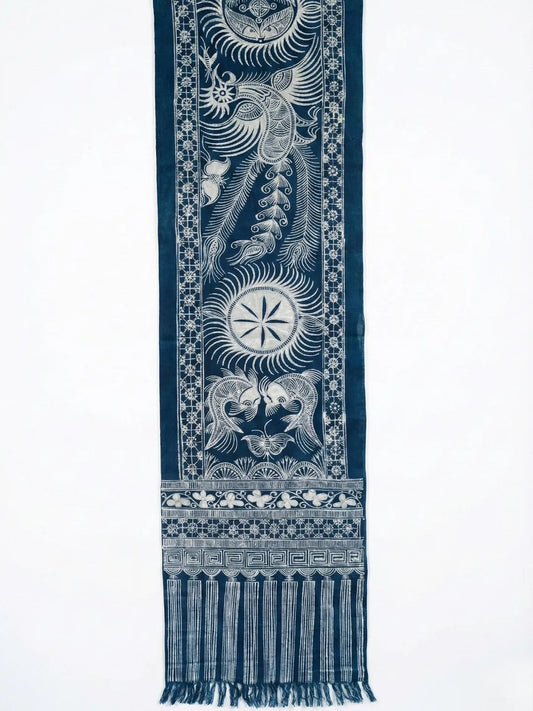Beyond the Ordinary: A Guide to Styling a Bohemian Home with Ethnic Textile Art
A modern home should feel like yours—layered with memory, texture, and meaning—not a showroom of identical trends. If you’re drawn to objects with a past, to pieces made by hand rather than by machine, you’re already halfway to a warmer, more personal space. This guide shows you how to build that feeling with ethnic textile art—and especially with Miao batik—so your rooms read as collected, calm, and unmistakably you. Along the way we’ll lean into the spirit of bohemian decor, offer concrete placement rules, and share easy ways to create unique wall decor without clutter.
What Bohemian Style Really Means (and What It Doesn’t)
At its best, bohemian decor isn’t chaos. It’s editing with feeling. Think comfortable seating, relaxed lighting, natural materials, and one or two handmade focal points that carry the room. The look welcomes contrast—polished next to raw, smooth next to nubby—but it works because everything serves a simple idea: comfort, culture, and curiosity.
That’s where ethnic home decor comes in. It’s not about collecting souvenirs; it’s about living with craft that has roots. A single handmade wall hanging can do more to humanize a room than a dozen accessories, because it brings story, technique, and touch into view.
Why Textiles Are the Soul of the Room
Paint sets the backdrop. Furniture sets the scale. But textiles bring the life. They soften acoustics, invite touch, and add movement to hard-lined spaces. Unlike prints churned out by the thousands, handmade cloth carries tiny variations—the uneven line of wax, a pooled dye edge— that signal a person, not a factory. That is the heartbeat of textile art.
Spotlight on Miao Batik: Graphic, Grounded, and Deeply Human
Miao batik is a wax-resist dye tradition known for its indigo-and-white palette and hand-drawn motifs—birds, fish, butterflies, sun disks, and geometric constellations. Hot wax is drawn on cloth, the fabric is dyed (traditionally in indigo), the wax is removed, and the pattern appears with those beautiful “ice-vein” crackles that only time and human hands can make.
- Color discipline: Indigo and white partner effortlessly with oak, linen, black metal, and stone.
- Architectural linework: Hand-drawn geometry sits comfortably beside clean modern furniture.
- Flexible formats: Choose framed batik wall art or an unframed batik tapestry as a handmade wall hanging.
The One-Sentence Plan (Use This Before You Buy Anything)
Write a single sentence for each room: “I want the living room to feel grounded and welcoming, with one piece of unique wall decor as the hero.” That sentence becomes your filter. If a potential purchase doesn’t serve it, skip it.
- Palette: Pull one accent (indigo) and keep the rest supportive (oak, clay, linen, matte black).
- Texture: Pair the textile with rattan, jute, or raw wood so it doesn’t feel isolated.
- Light: Side-light or a slim picture light brings the pattern to life better than overhead glare.
Placement That Works Every Time
- Width over furniture: Aim for 60–75% of the width of the piece below (sofa, console, bed).
- Height above furniture: Keep 8–10 inches (20–25 cm) between the top of furniture and the bottom of the frame or rod.
- Eye level: Center around 57–61 inches (145–155 cm) from the floor, then adjust to your space.
- Gallery spacing: Keep gaps consistent—2–3 inches (5–8 cm)—and align either the tops or the centers.
Three Foolproof Ways to Live With Miao Batik
1) The Statement Wall
Choose one large piece and give it air. Against a warm white or soft beige wall, a sizable Miao batik becomes a natural anchor. For a 7–8 ft sofa, a 4–5 ft wide panel usually feels right—instant unique wall decor without visual noise.
2) The Curated Gallery
Frame two or three smaller panels and mix them with a woven basket and a single travel photograph. Keep frames simple—natural oak, ash, or matte black— and repeat one color across the group for cohesion. This makes ethnic home decor feel curated rather than random.
3) The Headboard Alternative
Hang a tall batik tapestry 6–8 inches above the mattress. It softens acoustics, adds height to the room, and reads as both art and architecture. Pair with neutral bedding so the textile remains the focal point.
Quality Checklist: How to Tell the Good From the Forgettable
- Line character: micro-variation suggests handwork; perfectly uniform lines often mean a print.
- Dye depth: true indigo looks layered and mineral, never neon.
- Finishing: clean hems, secure sleeves, tidy mounting.
- Scale: bold patterns need a few feet of viewing distance; softer pieces suit narrow halls or reading corners.
- Fit to intent: if your plan says “calm,” choose a design with larger fields of color and steady rhythm.
Layering Without Clutter
The fastest way to overdo bohemian decor is to add five strong patterns at once. Try this rhythm:
- One hero textile (your Miao batik).
- Two quiet echoes (an indigo pillow and a linen throw).
- One grounding material (a wood side table, a clay vase, or a jute rug).
Care That Keeps Art Looking Like Art
- Keep textiles out of harsh, direct sun; UV acrylic and sheers help.
- Dust with a soft brush; use microfiber on glazing.
- If hanging unframed cloth, sew a muslin backing to reduce stress.
- Rotate pieces seasonally if your windows are bright.
- Note maker/source for provenance; it adds meaning over time.
Ethics Matter (and They Improve the Look)
Favor sellers who credit artisans, explain process, and pay fairly. You’ll end up with better work—and a story worth telling when someone asks about that striking handmade wall hanging above your sofa. If you collect other traditions, mix thoughtfully: let color, shape, or material create harmony across pieces of textile art.
Putting It All Together
Start with one piece—perhaps a framed batik wall art square that ties your living room together, or a tall batik tapestry that turns your bedroom into a calm retreat. Let that decision set the palette, textures, and lighting. Add what supports it; remove what competes. When you’re done, you’ll have a space shaped by craft and culture, warmed by the human hand, and framed by truly unique wall decor.

